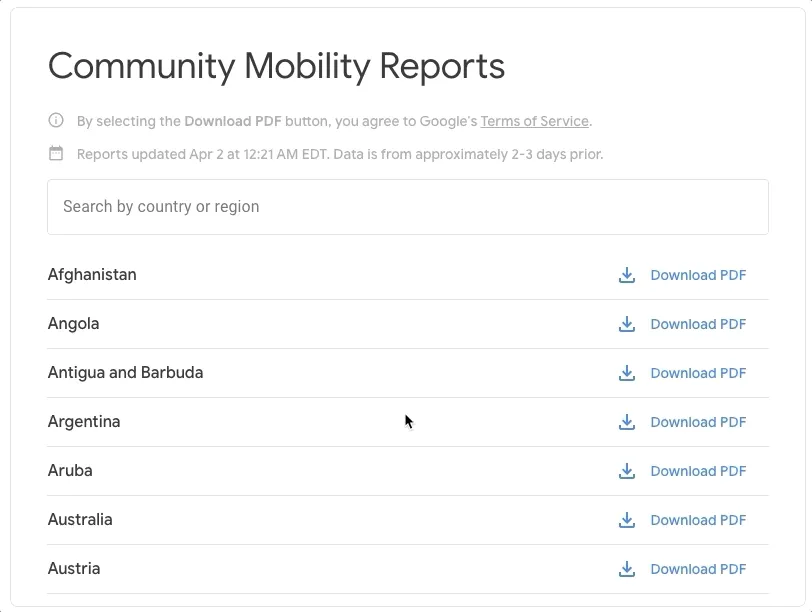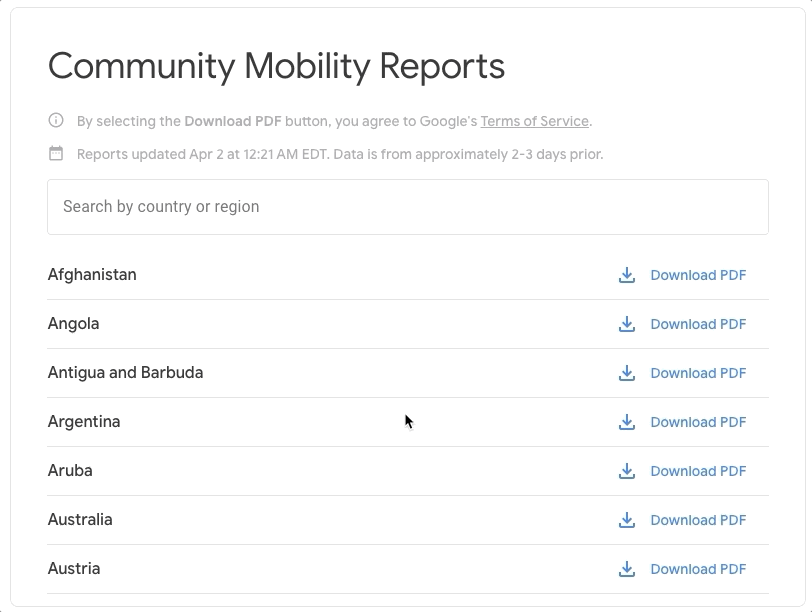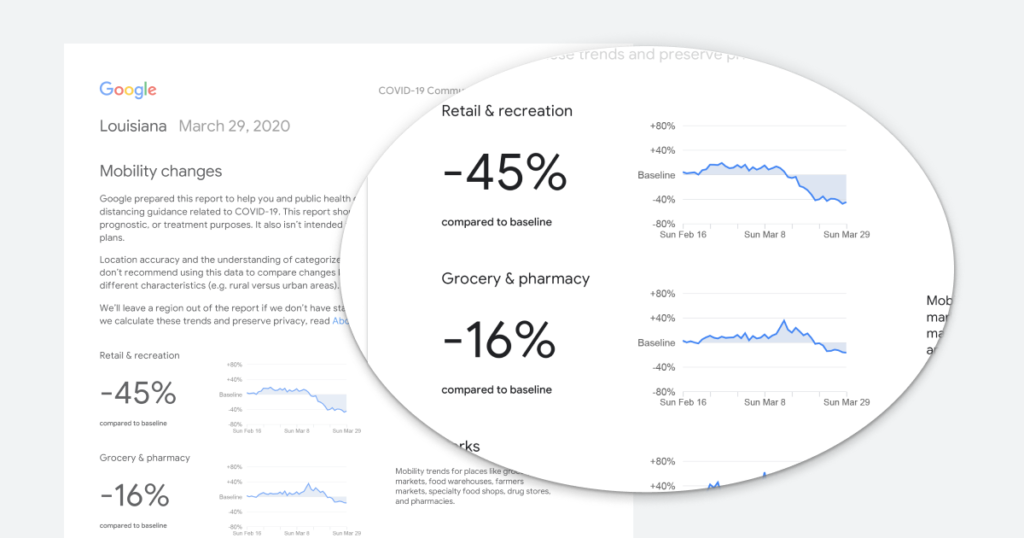
Google releases users’ location data to show COVID-19 lockdown impact

Google is publishing a region-wise analysis of aggregated, anonymized location data collected from users who have turned on the ‘Location History’ setting on their mobile devices. The tech giant says that its ‘COVID-19 Community Mobility Reports’ will help public health officials understand how people are responding to social distancing guidelines issued by governments in response to the coronavirus pandemic. The initial set of reports is available for 131 countries and regions across the globe.
Also see: Facebook bolsters COVID-19 fight with new Disease Prevention Maps
Google’s Mobility Reports chart movement trends across different categories of places such as retail and recreation, groceries and pharmacies, parks, transit stations, offices, and residential buildings. The trends are analyzed over several weeks, with the most recent information included in the data being at least 48-to-72 hours old.

Essentially, what Google displays is a percentage point increase or decrease in visits at a particular place and not the absolute number of visits. Also, to ensure privacy compliance, no personally identifiable information – such as an individual’s location, contacts or movement – is made public in the reports.
In a blog post, Google explains how it hopes these reports will help support decisions about how to manage the COVID-19 pandemic. “For example, this information could help officials understand changes in essential trips that can shape recommendations on business hours or inform delivery service offerings. Similarly, persistent visits to transportation hubs might indicate the need to add additional buses or trains in order to allow people who need to travel room to spread out for social distancing.”
Ultimately, understanding not only whether people are traveling, but also trends in destinations, can help officials design guidance to protect public health and the essential needs of communities.
Google will make the COVID-19 Community Mobility Reports available only for a limited time, so long as public health officials, civil society groups, local governments, and communities at large find them useful in their work to flatten the curve of COVID-19.









 ESA’s
ESA’s